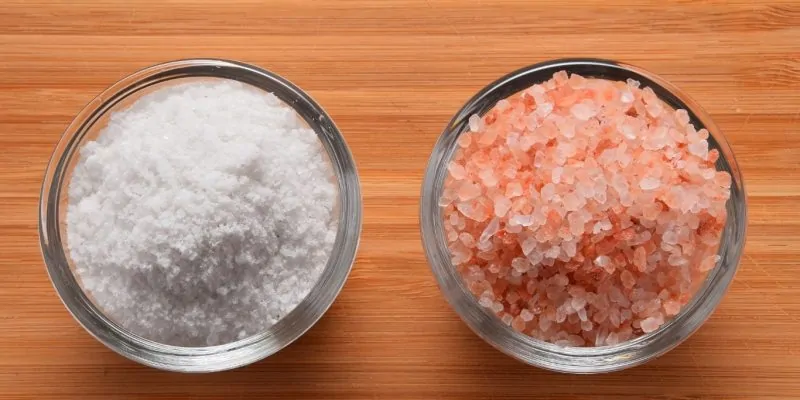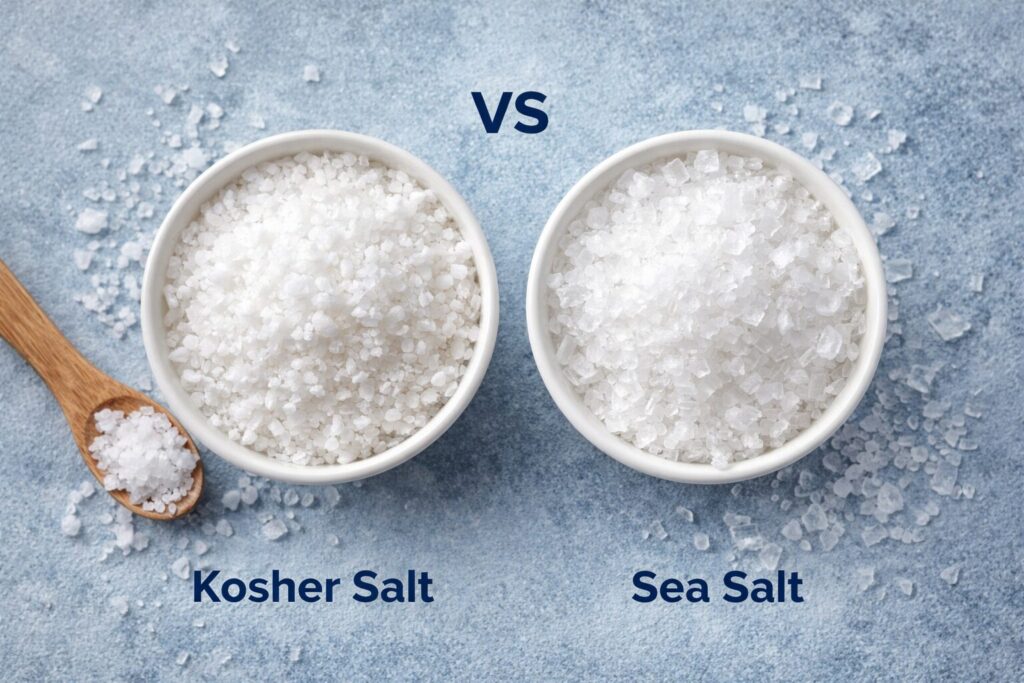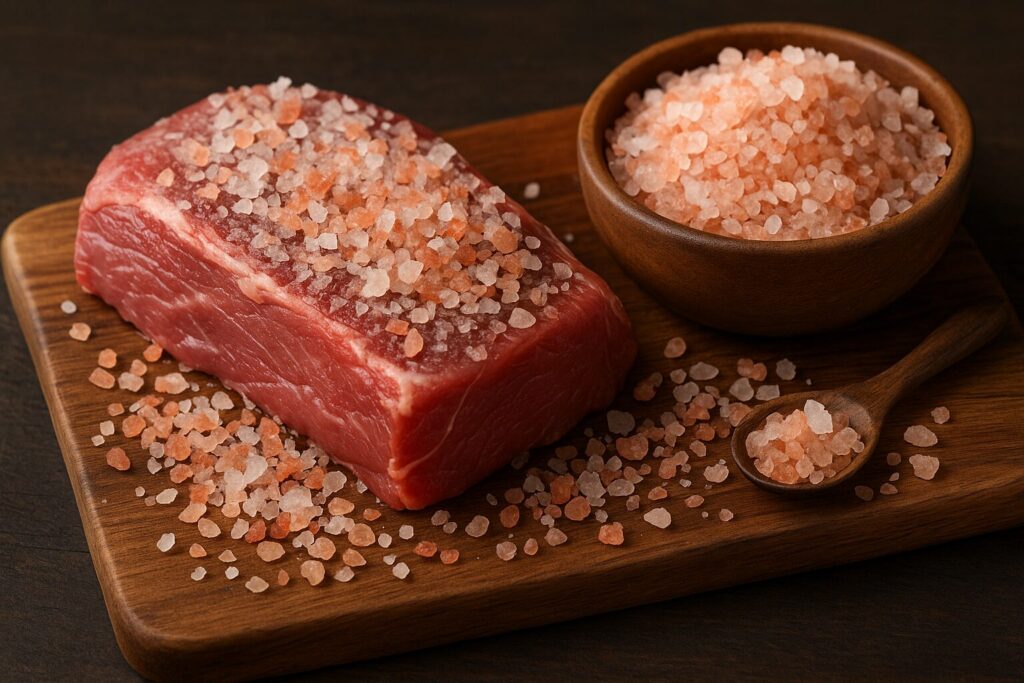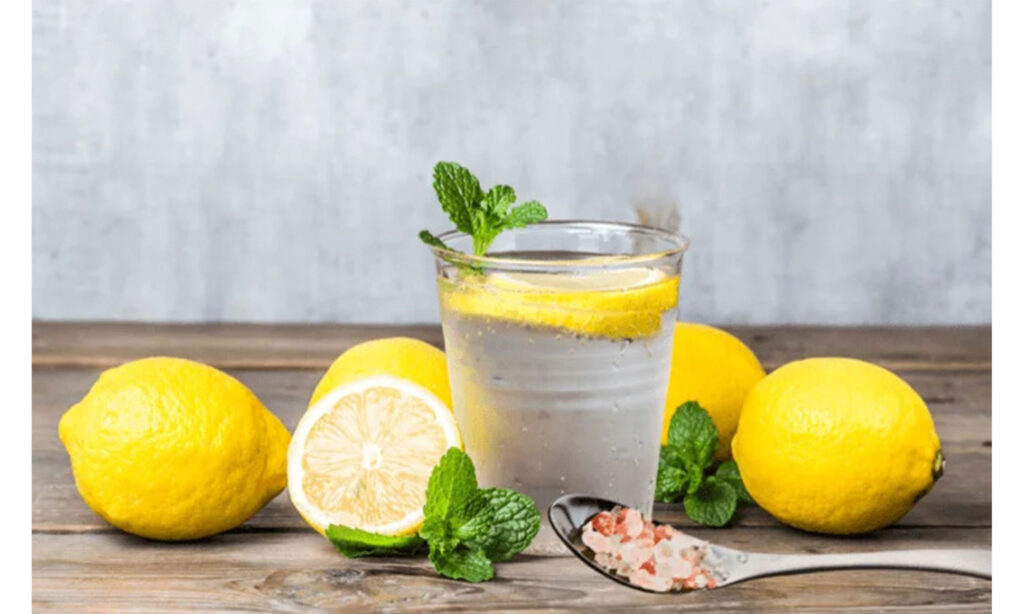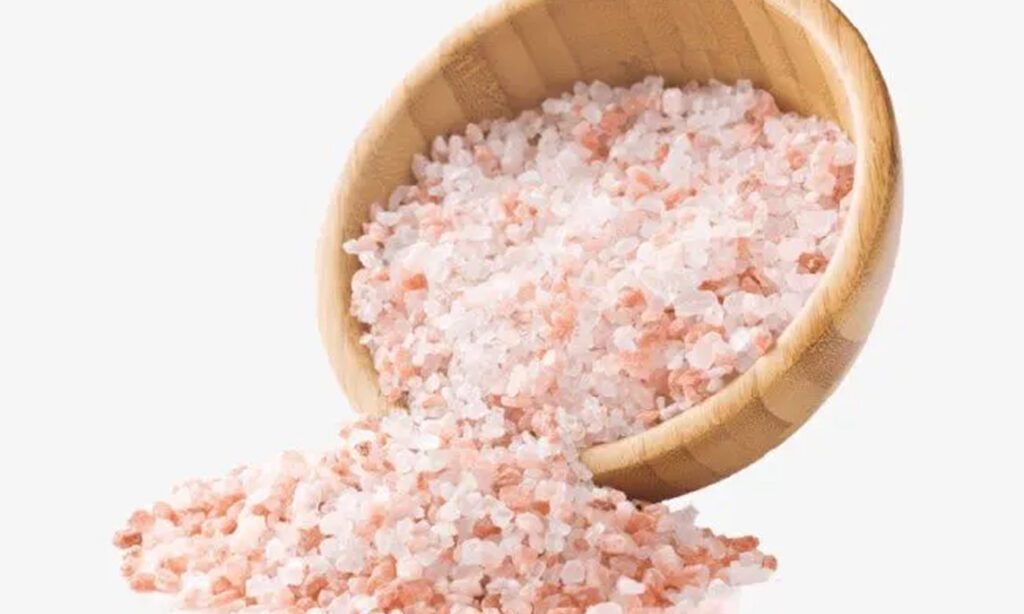Salt is an essential ingredient in every kitchen, but not all salts are created equal. Among the most popular options are Himalayan salt vs sea salt, both of which offer unique benefits. But how do they compare? This article explores the differences between pink Himalayan salt vs sea salt, their health benefits, nutritional content, and which one might be the better choice for you.
What is Himalayan Salt?
Himalayan salt is a type of rock salt mined from the Khewra Salt Mine in Pakistan. Known for its distinct pink hue, it is rich in minerals like potassium, magnesium, and calcium. The color of pink Himalayan salt vs sea salt comes from its iron content, giving it a visually appealing look.
Benefits of Himalayan Salt
- Rich in Minerals: Contains over 80 trace minerals, making it a nutrient-dense option.
- Natural and Unprocessed: Unlike table salt, Himalayan salt is free from additives and bleaching agents.
- Electrolyte Balance: Helps maintain hydration and electrolyte balance in the body.
- Supports Detoxification: Its mineral composition is believed to aid in detoxifying the body.
What is Sea Salt?
Sea salt is obtained by evaporating seawater. It comes in various textures and flavors depending on the region it is sourced from. Many people choose sea salt or Himalayan salt based on taste preferences and health benefits.
Benefits of Sea Salt
- Natural Source of Sodium: Helps regulate fluid balance and nerve function.
- Minimal Processing: Retains natural minerals, although not as many as Himalayan salt.
- Varied Texture: Available in fine, coarse, or flaky forms, making it ideal for different culinary uses.
- May Contain Iodine: Some varieties are naturally rich in iodine, which is essential for thyroid health.
Himalayan Salt vs Sea Salt: A Nutritional Comparison
| Nutrient | Himalayan Salt | Sea Salt |
|---|---|---|
| Sodium Content | 98% | 98% |
| Trace Minerals | 80+ | Varies |
| Iodine | Low | Moderate (natural) |
| Processing | Minimal | Minimal to moderate |
| Flavor | Mild, earthy | Briny, varies |
While both salts contain similar amounts of sodium, sea salt vs Himalayan salt differs in mineral content and flavor profile. If you are looking for a salt rich in minerals, Himalayan salt might be a better choice, whereas sea salt offers a more traditional taste and may naturally contain iodine.
Pink Salt vs Sea Salt: Which is Healthier?
Both salts are healthier alternatives to highly processed table salt. However, their benefits depend on individual health needs.
- If you need more trace minerals, go for pink salt vs sea salt.
- If you prefer a traditional taste with a mild briny flavor, sea salt or Himalayan salt can be used interchangeably.
- Those needing iodine for thyroid function may benefit from naturally iodized sea salt.
Culinary Uses: Sea Salt vs Himalayan Salt
When to Use Himalayan Salt
- Ideal for finishing dishes due to its coarse texture.
- Enhances the flavor of grilled meats, vegetables, and baked goods.
- Used in salt lamps and spa treatments for potential health benefits.
When to Use Sea Salt
- Works well in soups, sauces, and salad dressings.
- Great for seasoning meats and seafood.
- Fine sea salt is often used in baking due to its ability to dissolve easily.
Which Salt Should You Choose?
The choice between Himalayan salt vs sea salt depends on personal preference and dietary needs. If you’re looking for a salt that offers extra minerals and a unique pink hue, pink Himalayan salt vs sea salt is an excellent option. However, if you prefer a milder, more familiar taste, sea salt vs Himalayan salt will work just as well.
When it comes to pink salt vs sea salt, both have their unique advantages. Himalayan salt is mineral-rich and aesthetically pleasing, while sea salt is versatile and naturally occurring. Regardless of your choice, both salts can be a great addition to your kitchen, offering unique flavors and health benefits. So, whether you choose sea salt or Himalayan salt, rest assured you’re making a natural and flavorful choice!


